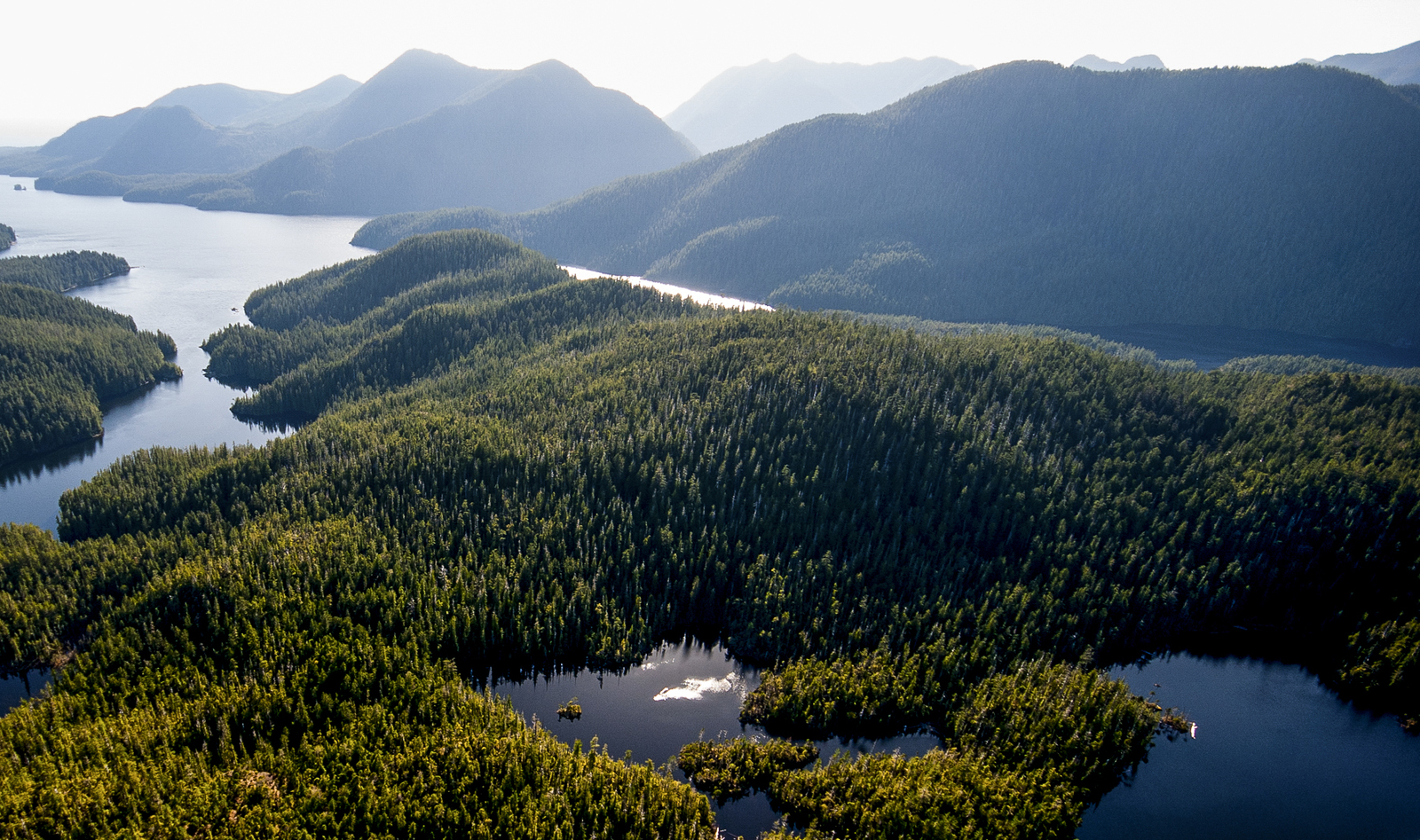By Eric Delvin, Emerald Edge director
In late January, the Ahousaht First Nation invited The Nature Conservancy to a public unveiling of their new land-use vision for their lands and waters. In a ceremony in Tofino, B.C., the Ahousaht shared a vision that includes conserving more than 80 percent of the old-growth forests in its large territory of more than 400,000 acres on the west coast of Vancouver Island — including most of Clayoquot Sound. The Ahousaht have designated these areas as cultural and natural areas, which will protect the forests while supporting continued traditional use and stewardship based on their cultural principles.
Community Voices
As the Ahousaht First Nation celebrates a milestone, Tyson Atleo shares why he joined the Emerald Edge team.
Read the Q&A with Tyson
This is a significant achievement for the Ahousaht Nation and is the result of years of consultation with the community and leadership. From the beginning of our discussions with the Ahoushat, The Nature Conservancy served in a support role — with generous funding provided by partners, such as Alcoa. We did not come to the table with a set of protected areas that we wanted established, but rather listened to find shared values and alignment and then brought our expertise and capacity to the table to support the Ahousaht’s vision. The result is a map that is substantially better than one The Nature Conservancy could have developed with just a conservation perspective. This new vision is one that has been developed by the people and leadership of the Ahousaht Nation.
And because the nation developed this vision, the map isn’t just about conservation — it also indicates where and how the Ahousaht Nation will advance sustainable economic development and create jobs that are rooted in their culture and traditional territory. For 80 percent protection to work on this landscape, it must be paired with incomes that support local families. For the Ahousaht, that includes sustainable forestry, stewardship operations, run-of-river hydropower projects and — in this stunning place where people flock from all over the world to kayak among whales and view bears feeding on the shorelines — tourism.
For me, this achievement highlights the value of our community-led conservation approach in the Emerald Edge — a rare and ecologically valuable landscape that spans 100 million acres across Washington, British Columbia and Alaska. The durability of the conservation and how it will support the sustainable economic development of the Ahousaht Nation could only have been successful through this patient and deliberate work.
We still likely have some twists and turns to come as The Nature Conservancy focuses on fundraising to support locally led stewardship and continues to support the Ahousaht in its negotiations with the Provincial Government and neighboring First Nations. However, today is a day to celebrate with the Ahousaht and recognize that the hard work it has done to reach this vision will ensure success to make it a reality.



























